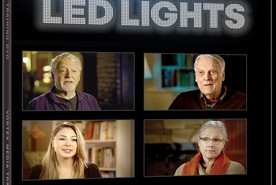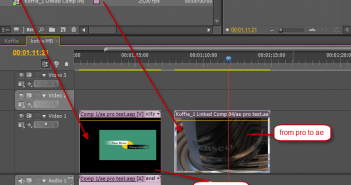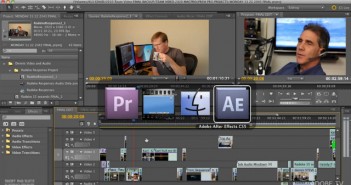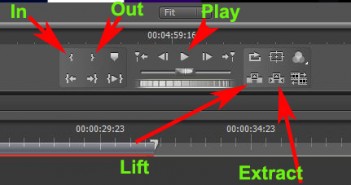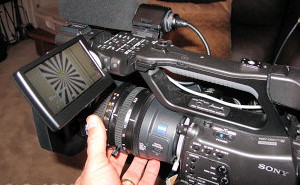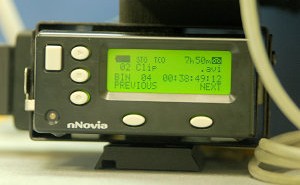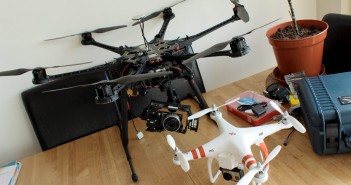
To me the Phantom is a tool to which I can attach a camera to take stunning photographs or video from an angle that is totally alien to us. To some and sadly a few of our newspapers the Phantom is a drone, a device which is seen as being used for surveillance, to strip away our privacy. As responsible pilots we need to act in a manner that doesn’t harm this emerging market for aerial video and photography. My fear is that sooner or later a member of the public will be hurt by somebody flying irresponsibly. The press that will follow will put all multirotor pilots in the spotlight in a negative way.
My involvement with multirotors has up to this stage been as a hobbyist. I was introduced by a friend to this technology about 18 months ago and have fallen in love with it. I was involved with building my first rig, went on to buy a Phantom and have almost finished building the larger DJI S800. From this point on my interests are of a commercial nature, I want to provide aerial footage to a niche and specific market. To do this though however brings about what appears on the surface to be another set of complexities.

